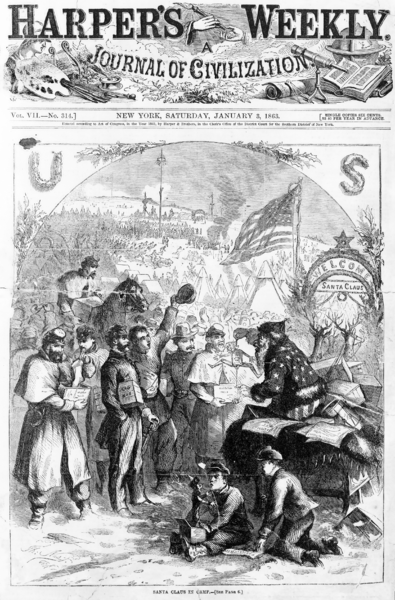ActiveHistory.ca is on a hiatus for the winter break, and will return to daily posts in early January. During the hiatus, we’re featuring some of our favourite holiday and winter themed posts. Thank you to all our contributors, guest editors, and readers for making 2018 a very successful year. Happy holidays to all and we look forward to continuing our work in 2019!
Planning on enjoying a drink as part of your New Year’s Eve celebrations? Grab a glass and settle in to read this post by Jay Young was originally featured on August 14, 2012.
The Gin and Tonic – what better a drink during the dog days of summer? Put some ice in a glass, pour one part gin, add another part tonic water, finish with a slice of lime, and you have a refreshing drink to counter the heat. But it is also steeped in the history of medicine, global commodity frontiers, and the expansion of the British Empire.
Let’s start with the gin. Although it is commonly known as the quintessential English spirit, the history of gin underlines the island’s connections to the outside world. The origin of gin – unlike the drink itself – is quite murky. Sylvius de Bouve, a sixteenth-century Dutch physician, is the individual associated with the development of gin. He created a highly-alcoholic medicinal concoction called Jenever. It featured the essential oils of juniper berries, which the physician believed could improve circulation and cure other ailments. The berry, deriving from a small coniferous plant, had long been treasured for its medicinal properties, including its use during the plague.
Some students of the spirit argue that English soldiers discovered it while fighting in Holland in the 1580s during the Dutch War of Independence, whereas others trace England’s gin tradition to the Thirty Years’ War (1618-1648). The English nicknamed the drink “Dutch courage,” but what stuck was gin, a derivation of the Flemish word genever.
Gin’s popularity grew in England after William of Orange had become King of England following the Glorious Revolution of 1688. Parliament exerted its superior authority by ousting from the throne the Catholic King James II. With William’s reign came high import duties on French brandy – the dominant hard liquor in England at the time. The English began to produce a gin at a low cost. As John Watney notes in Mother’s Ruin: A History of Gin, “[a] revolution in drinking habits, equal to or perhaps surpassing in importance the Glorious Revolution in politics, was about to occur.” Parliament ended the royal monopoly on spirit distilling within London and its surrounding area, and statutes promoted distillation from grain grown by English farmers.

 On November 10,
On November 10, 







